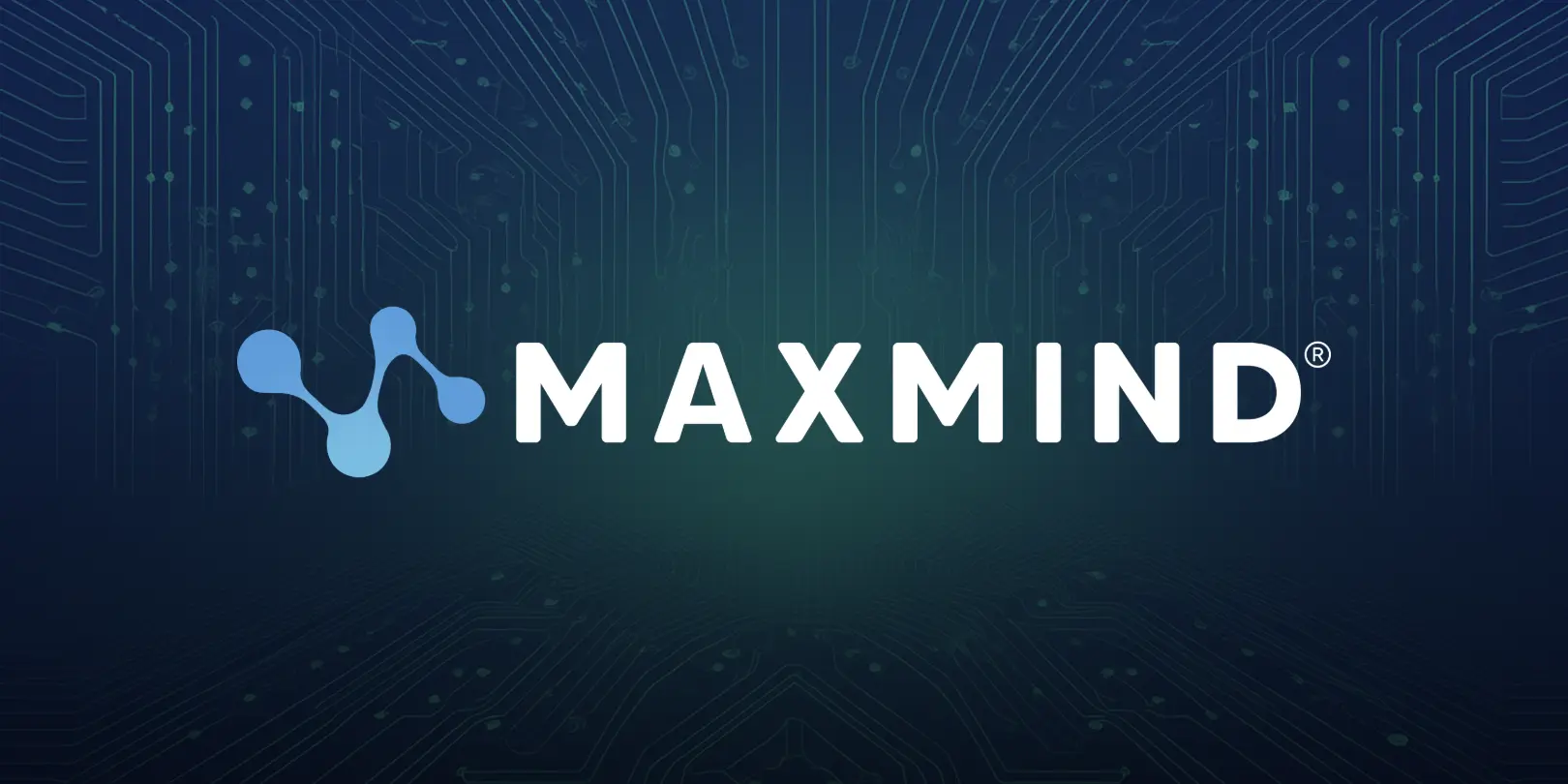Simplex has been changing the status quo of crypto purchases since 2014. As the market leader, they pioneered the first riskless global fiat onramp using a credit and debit card, which promises a zero chargeback guarantee. With a zero chargeback guarantee in place, there’s a lot at stake in fraud detection and prevention. When they were putting together their platform, they knew from the beginning that they would need an agile, responsive algorithm at the heart of their fraud detection and prevention solutions. Simplex Data Analyst Talor Kars works closely with that algorithm.
“In the crypto market, everything changes quickly. Without an adaptive risk model, we would have to rely on a strict rule-based system. We might use simple IP geolocation and look at the distances involved in the transaction, or rely solely on one risk score. If we had to update these rules manually in response to emerging trends, our workflow would be very slow and inefficient.”
For the analysts who work on Simplex’s fraud detection algorithm, data is key to a responsive algorithm. They decided to implement minFraud because, in addition to a risk score, the minFraud Insights service gave them access to a breadth of high quality data on inputs ranging from IP geolocation and email risk to financial institution data, all via a flexible easy-to-use API.
“The more data I have, the more significant my results can be. More data means that we can do better research.”
The variety of data available through minFraud Insights allows Simplex to track patterns across many different data points. Rather than trying to anticipate which data points will be most relevant to fraud, Simplex can feed the breadth of minFraud data into their algorithm, allowing it to identify and adapt to patterns in fraud as they emerge. This adaptability is key to fighting fraud in the rapidly changing crypto industry.
“We also make minFraud data available to our fraud analysts for manual review of transactions.”
The data from minFraud Insights also helps Simplex to dig into particular claims of fraud, allowing their fraud prevention specialists to avoid erroneous chargebacks and investigate issues thoroughly when they arise. When a customer claims that a transaction is fraudulent, Simplex fraud investigators can check the details of their customer’s story against the data returned by minFraud, to confirm their story or ask more questions if the data and the story don’t seem to line up.
Along with a powerful algorithm, Simplex’s analysts use minFraud Insights data to protect the integrity of their clients’ transactions and reduce costs due to chargebacks. In the end, whether they’re building a fraud detection algorithm or manually reviewing transactions, it all comes down to the data.
“The quality of the data is really important to us. That’s why we use minFraud.”


